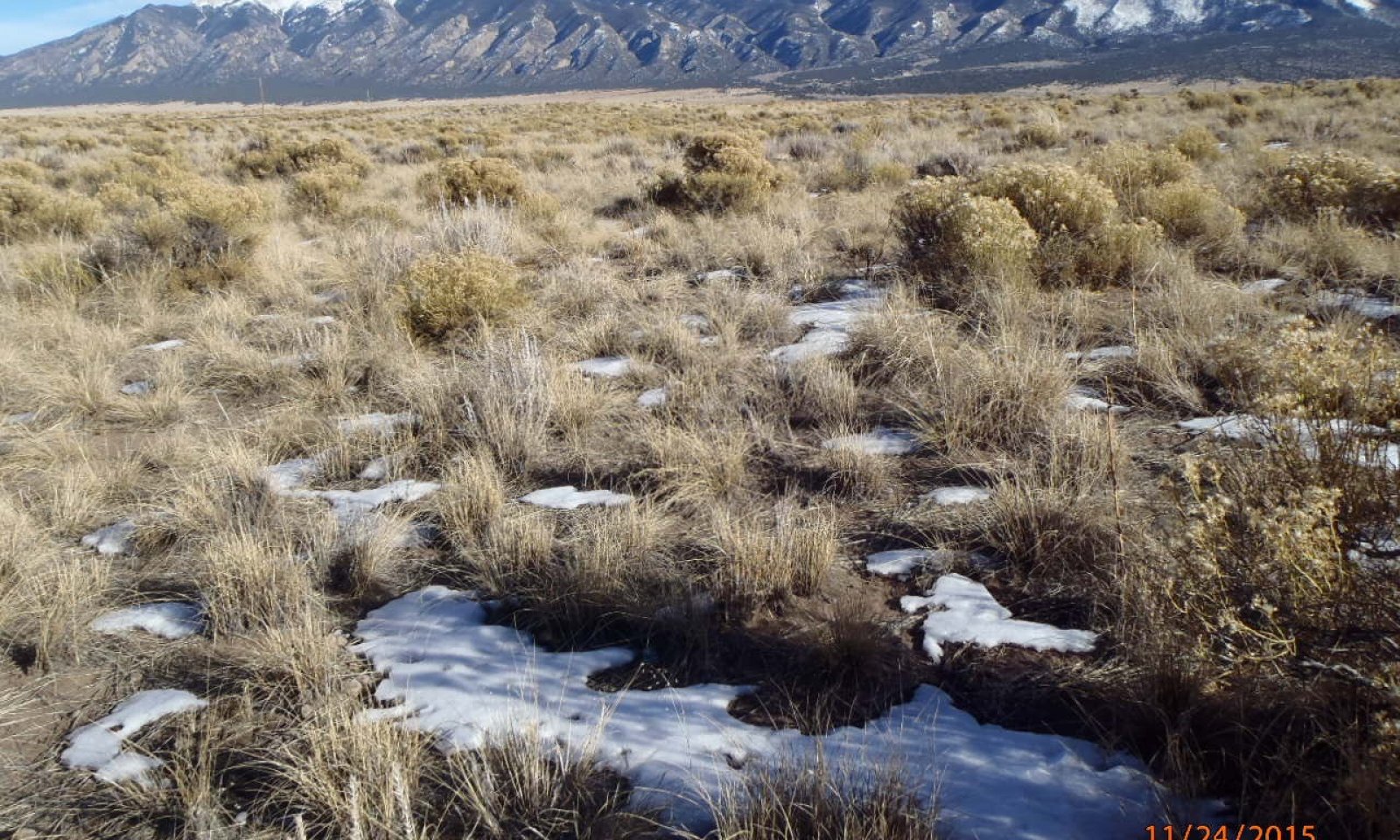

Natural Resources
Conservation Service
Ecological site R051XY275CO
Deep Sands 7-9 PZ
Last updated: 12/11/2024
Accessed: 04/28/2025
General information
Provisional. A provisional ecological site description has undergone quality control and quality assurance review. It contains a working state and transition model and enough information to identify the ecological site.
MLRA notes
Major Land Resource Area (MLRA): 051X–High Intermountain Valleys
The Valley Sand Ecological Site occurs on the alluvial flat portion of the basin floor within the San Luis Valley. It is mostly comprised of Holocene age portions of the alluvial flat but may overlap and merge with relic, Pleistocene aged, surfaces. Where rivers and large drainages have cut across the alluvial flat it may appear on low terraces and abandoned floodplains. On the leeward side of large tributaries, soils will have formed in wind-blown sandy alluvium, scoured out of the drainages.
Classification relationships
NRCS:
Major Land Resource Area 51, High Intermountain Valleys (United States Department of Agriculture, Natural Resources Conservation Service, 2006).
USFS:
331J – Northern Rio Grande Basin M331Ic > 331Ja - San Luis Valley, 331Jb - San Luis Hills and 331C - Mogotes
EPA:
22 - Arizona/New Mexico Plateau > 22a - San Luis Shrublands and Hills ; 22b -San Luis Alluvial Flats and Wetlands ; 22c - Salt Flats; 22e - Sand Dunes and Sand Sheets and 22f -Taos Plateau (Griffith, 2006).
USGS:
Southern Rocky Mountain Province
Ecological site concept
The Deep Sand site represents vegetated, stabilized dune lands in the northeast portion of the San Luis Valley where large quantities of sand have spread downwind from ancient Lake Alamosa and associated pluvial lakes to form a sand sheet across alluvial flats and Piedmont slopes. As one transects closer to the Sangre De Cristo Mountains, dune size and instability increases, eventually transitioning into an active dune field. Soils are sandy and are classified as torripsamments whic are very deep to uniformly calcareous material. A mix of grasses, forbs, and shrubs grow on this site and are important for keeping the soils stable.
Associated sites
| R051XY294CO |
Valley Sand The Valley Sand site occurs on the alkali flat of the basin floor. The soils are derived from course-textured alluvium which has been wind-worked over time. Often there is a deep water table which is accessible to deep-rooted shrubs. |
|---|---|
| R051XY279CO |
Foothill Sand 9-12 PZ The foothills sand is higher in elevation and represents the sand sheet covering the steep mountain fans of the Sangre De Cristo Mountains. |
Similar sites
| R051XY312CO |
Sand Hummocks The sand hummocks is similar. It occurs on localized sand sheets adjacent to playas and drainages with active wind blown material. The sand hummocks site does not grade into the large active dune field that the deep sands site transitions to. |
|---|---|
| R051XY279CO |
Foothill Sand 9-12 PZ The Foothills Sand is sandwiched between the active dune field of the Great Sand Dunes and the Sangre de Cristo Mountains. There is a mix of both mountain alluvium and eolian surfaces blown in from the sand dunes. |
| R051XY273CO |
Sandy Bench The Sandy Bench site has soils that are derived from alluvium and are not eolian derived, stable dune lands like the Deep Sand. . |
Table 1. Dominant plant species
| Tree |
Not specified |
|---|---|
| Shrub |
Not specified |
| Herbaceous |
(1) Achnatherum hymenoides |
Physiographic features
This site represents the stabilized lands adjacent to the Sand Dunes National Monument on the east side of the San Luis Valley. It occurs where the Sangre de Cristo mountain range forms a crescent backed by three low mountain passes. Sand that was left behind after ancient lakes receded, blew with the predominant southwest winds and accumulated in this natural pocket. Landforms include dune-like hills on alluvial valley floors and ridges on alluvial valley floors. The topography consists of gently rolling vegetated dunes and blow-outs.
Table 2. Representative physiographic features
| Landforms |
(1)
Hill
(2) Dune (3) Ridge |
|---|---|
| Runoff class | Low |
| Flooding frequency | None |
| Ponding frequency | None |
| Elevation | 2,286 – 2,408 m |
| Slope | 2 – 15% |
| Aspect | W, NW, N, NE, E, SE, S, SW |
Climatic features
The climate that typifies the High Intermountain Valley, ranges from arid to semi-arid, and is characterized by cold winters, moderate summers, and much sunshine. Average annual precipitation ranges from 6 to 10 inches along the valley floor and throughout most of the resource area. Approximately 55-60 percent of the annual precipitation falls between May 1 and September 1. May and June are normally dry. Precipitation comes mostly from short duration high intensity thundershowers in July and August. Wide seasonal and yearly variations are common. The San Juan mountain range to the west and the Sangre de Cristo Mountains to the east intercept much of the precipitation causing a two-way rain shadow effect.
Cold air from the encompassing mountain ranges drain into the valley and settle. This phenomena results in long cold winters and moderate summer temperatures. Mean average annual temperature ranges between 42 to 44 degrees F. July is the hottest month and January is the coldest. Summer temperatures range from highs in the upper 70’s and low 80’s and occasionally reach to the mid 90 degrees F. Summer nights are cool. Average frost-free period is 90-115 days, from late May or early June to September. There is a 50% probability that the first frost in the fall will occur near September 16, and the last frost in the spring on about June 9. Most major plant species initiate growth between mid May and late July, but growth may extend into September. Some cool season plants begin growth earlier and complete growth by mid June. There may be late re-growth on some of the plants.
Wind speeds average 7 miles per hour annually. Wind that often reaches high velocities are common, especially in the spring. Relative humidity is usually low. Even so, evaporation rates average lower than those of many dry regions because of the cooler climate. Snow cover is often light and is sometimes lacking through much of the winter. There is usually some snow, though, during the coldest weather.
Table 3. Representative climatic features
| Frost-free period (characteristic range) | 73-86 days |
|---|---|
| Freeze-free period (characteristic range) | 94-113 days |
| Precipitation total (characteristic range) | 152-254 mm |
| Frost-free period (actual range) | 70-91 days |
| Freeze-free period (actual range) | 93-122 days |
| Precipitation total (actual range) | 152-254 mm |
| Frost-free period (average) | 80 days |
| Freeze-free period (average) | 105 days |
| Precipitation total (average) | 203 mm |
Figure 1. Monthly precipitation range
Figure 2. Monthly minimum temperature range
Figure 3. Monthly maximum temperature range
Figure 4. Monthly average minimum and maximum temperature
Figure 5. Annual precipitation pattern
Figure 6. Annual average temperature pattern
Climate stations used
-
(1) GREAT SAND DUNES NM [USC00053541], Mosca, CO
-
(2) BLANCA 4 NW [USC00050776], Blanca, CO
-
(3) ALAMOSA SAN LUIS AP [USW00023061], Alamosa, CO
Influencing water features
This site does not have a water table.
Soil features
Soils were formed from eolian material and are classified as a Torripsamments. They are deep and excessively drained. The soils are deep to very deep and are single grained. Small amounts of cobble, gravel and small stones are found scattered in isolated pockets on this site. The A horizon normally has a texture of sand. Below the A horizon is sand. The soils are highly susceptible to damage from wind erosion when the cover is weakened or destroyed.
The typical soil correlated to this site is Cotopaxi.
Table 4. Representative soil features
| Parent material |
(1)
Alluvium
(2) Eolian sands |
|---|---|
| Surface texture |
(1) Sand |
| Family particle size |
(1) Not used |
| Drainage class | Excessively drained |
| Permeability class | Rapid |
| Soil depth | 152 – 305 cm |
| Surface fragment cover <=3" | 0 – 10% |
| Surface fragment cover >3" | 0% |
| Available water capacity (Depth not specified) |
4.06 – 6.1 cm |
| Calcium carbonate equivalent (Depth not specified) |
0% |
| Electrical conductivity (Depth not specified) |
0 mmhos/cm |
| Sodium adsorption ratio (Depth not specified) |
0 |
| Soil reaction (1:1 water) (Depth not specified) |
7.4 – 7.8 |
| Subsurface fragment volume <=3" (Depth not specified) |
0 – 10% |
| Subsurface fragment volume >3" (Depth not specified) |
0% |
Ecological dynamics
The Deep Sand site has the potential to be a robust, productive grassland as sandy soils provide a good medium by which water is accessible to plants. Precipitation can rapidly infiltrate the soil and be available for plant use. As one transitions toward the active dune field of the area, the dunes become larger and less stable with less resilience to erosion. Keeping an intact A horizon is critical for site stability.
A mix of grasses and shrubs such as Indian ricegrass, needle-and-thread, alkali wildrye, western and thickspike wheatgrass, and winterfat provide much of the vegetative cover. Plants such as sandhill muhly, sand dropseed, spike dropseed, squirreltail, scurfpea, sand verbena, horsebrush and four-wing saltbush are secondary in the plant community. Small amounts of rabbitbrush, yucca, snakeweed, ragwort, and bee plant may occur in scattered amounts.
As the site loses stability, species such as sunflower, three-awn, and sandhill muhly become more common and bare ground, along with erosion increases. Species mostly likely to invade this site are annual forbs such as sunflowers, Russian thistle, kochia, lambsquarter, pepper grass and tansy mustard. This is a rather fragile site; and as the ecological condition deteriorates, the major grasses giveaway to blue grama, threeawn, ring muhly, and sandhill muhly. There is also an increase in shrub species.
Tree species are not a part of the natural plant community on this site. Approximate ground cover is 30%.
State and transition model
More interactive model formats are also available.
View Interactive Models
Click on state and transition labels to scroll to the respective text
Ecosystem states
State 1 submodel, plant communities
State 2 submodel, plant communities
State 1
Reference

Figure 7. The reference state is grass dominant with a mix of shrubs and forbs.
In the reference state there is a diversity of cool and warm season grasses, forbs, and shrubs. Bare ground is minimal as cover from plants and litter provide protection to the soil surface.
Resilience management. The reference state is resilient to disturbance. A variety of root systems from grasses, forbs, and shrubs anchor the soil and provide the needed organic carbon and soil binding agents to promote a stable A horizon. Plant cover protects the surface from wind and water erosion and plant production both above and below provide for healthy energy, nutrient, and water cycles.
Community 1.1
Grass and Shrub Mix

Figure 8. The reference community phase is grass dominant with forbs and scattered shrubs.
This community is grass dominant with forbs and scattered shrubs. Common plants include Indian ricegrass, needle and thread, western wheatgrass, thickspike wheatgrass, alkali wildrye, and blue grama. Common shrubs include winterfat, rubber rabbitbrush, and greasewood.
Resilience management. The reference community phase is most resilient to disturbance. Fibrous root systems from grasses provide the biological agents to create a healthy A horizon. Organic matter from annual fibrous root turnover feeds microbes and creates a biological system that maximizes soil stability and water retention. Surface cover also captures snow and shields the soil surface from erosional forces.
Dominant plant species
-
rubber rabbitbrush (Ericameria nauseosa), shrub
-
winterfat (Krascheninnikovia lanata), shrub
-
Indian ricegrass (Achnatherum hymenoides), grass
-
needle and thread (Hesperostipa comata), grass
-
snowball sand verbena (Abronia fragrans), other herbaceous
-
lemon scurfpea (Psoralidium lanceolatum), other herbaceous
Figure 9. Annual production by plant type (representative values) or group (midpoint values)
Table 5. Annual production by plant type
| Plant type | Low (kg/hectare) |
Representative value (kg/hectare) |
High (kg/hectare) |
|---|---|---|---|
| Grass/Grasslike | 448 | 807 | 1076 |
| Forb | 56 | 101 | 135 |
| Shrub/Vine | 56 | 101 | 135 |
| Total | 560 | 1009 | 1346 |
Figure 10. Plant community growth curve (percent production by month). CO5109, Cool-season/Warm-season co-dominant, coarse textured soils, alluvial fans and benches. Located in LRU 51-5 on fans and fan remnants above valley floor, pre-dominantly in Saguache County, Villa Grove and Saguache area..
| Jan | Feb | Mar | Apr | May | Jun | Jul | Aug | Sep | Oct | Nov | Dec |
|---|---|---|---|---|---|---|---|---|---|---|---|
| J | F | M | A | M | J | J | A | S | O | N | D |
| 0 | 0 | 0 | 2 | 35 | 30 | 25 | 5 | 3 | 0 | 0 | 0 |
Community 1.2
Shrub Dominant
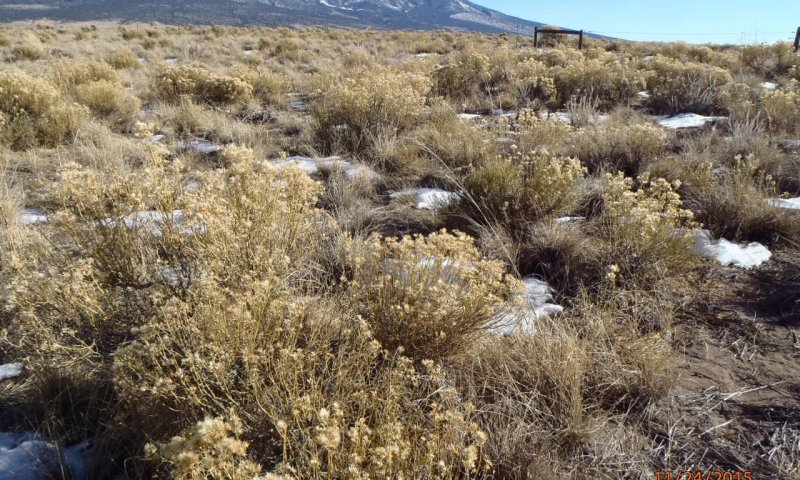
Figure 11. Shrubs may gain a competitive advantage over time.
This community phase is dominated by shrubs. Rubber rabbitbrush and greasewood have become the most common shrubs. Grass diversity is reduced to species that have greater resistance to grazing pressure.. These species include squirreltail, threeawn, sandhill muhly, blue grama, and sand dropseed.
Resilience management. Long term drivers are moving this site toward a threshold. Grass cover has decreased, and fibrous root systems have become shallower. Fine root turnover has decreased as well as decomposition, organic matter, mineralization, along with the microbial secretion of important soil binding agents, such as glomalin. Overall the site has decreased its ability to retain moisture and is more susceptible to erosional forces.
Community 1.3
Grass Dominant
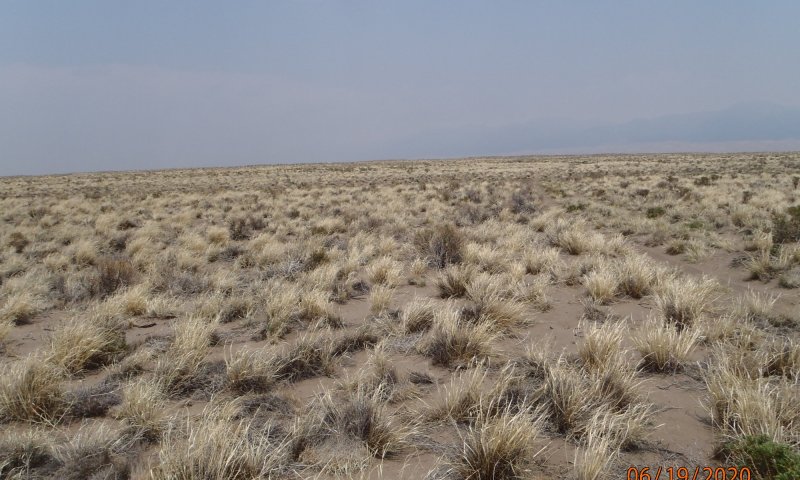
Figure 12. This community is dominated by grass.
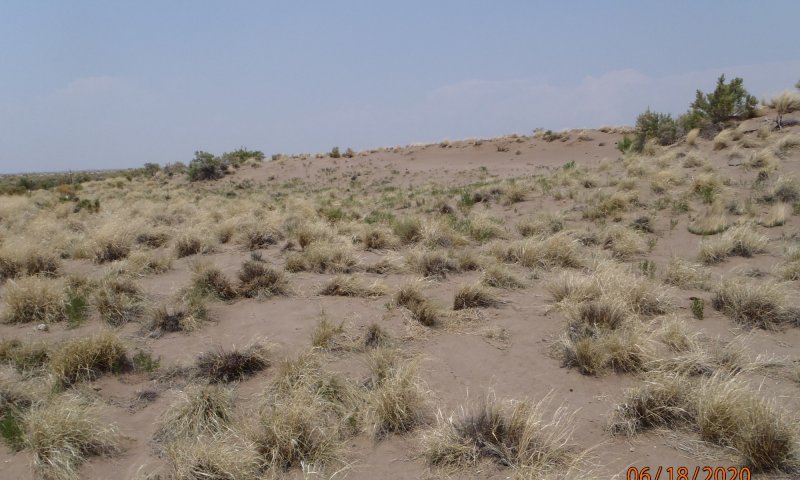
Figure 13. The grass dominant community is close to crossing a threshold to the degraded state.
This is an "at-risk" community as shrubs are greatly decreased while grasses and bare ground have increased. Dominant grasses include sand dropseed, squirreltail, purple threeawn, spike dropseed, sandhill muhly, and blue grama. Highly palatable reference grass species are present but show low vigor.
Resilience management. This site is at risk to crossing a threshold as shrubs have greatly decreased and grasses are lower in vigor with increased bare ground. Shrubs provide a valuable ecosystem service by having tap roots that are deep, anchoring sandy sites, hedging against drought, and bringing valuable nutrients to the surface to be deposited by leaf cast. The lack of shrubs has caused the site to become less resilient to drought and erosional forces.
Pathway 1.1A
Community 1.1 to 1.2


Long term drivers such as drought along and repetitive herbivory of palatable grass species without opportunity for recovery, growth, and reproduction, have given shrubs a competitive advantage. Less palatable shrubs such as rubber rabbitbrush and greasewood have increased in composition as they have tap roots that take advantage of moisture deep in the profile. There is also more available bare areas for seed germination and recruitment of juvenile shrub species.
Pathway 1.1B
Community 1.1 to 1.3


A shrub killing event that can be mechanical, chemical, or biological. This coupled with drought and reduction of palatable grass species through repetitive, high utilization.
Pathway 1.2A
Community 1.2 to 1.1


Grass diversity and production have increased due to a change in management that takes into account frequency, intensity, and opportunity for regrowth of palatable species. Plants are allowed to recover after being bitten, allowing for grasses to re-colonize bare areas. There may also be a set-back to the shrubs by drought and disease or just a long decline due to greater competition from grasses and the loss of safe spots for germination..
Pathway 1.2B
Community 1.2 to 1.3


A thorough shrub reduction event, whether it be chemical, mechanical, or biological.
Pathway 1.3A
Community 1.3 to 1.1


Long term grazing management with monitoring and adaptation will allow the site to be managed for increased cover and improved soil stability. This will include the recolonization of important forage shrubs such as winterfat and fourwing saltbush. Eventually, shrubs will re-colonize along with palatable grass species. .
Pathway 1.3B
Community 1.3 to 1.2


Over time non-palatable shrub species such as rubber rabbitbrush will re-colonize areas that have healthy soils due to extensive seed production and efficient germination and growth mechanisms.
State 2
Degraded

Figure 14. Degraded Deep Sands Site
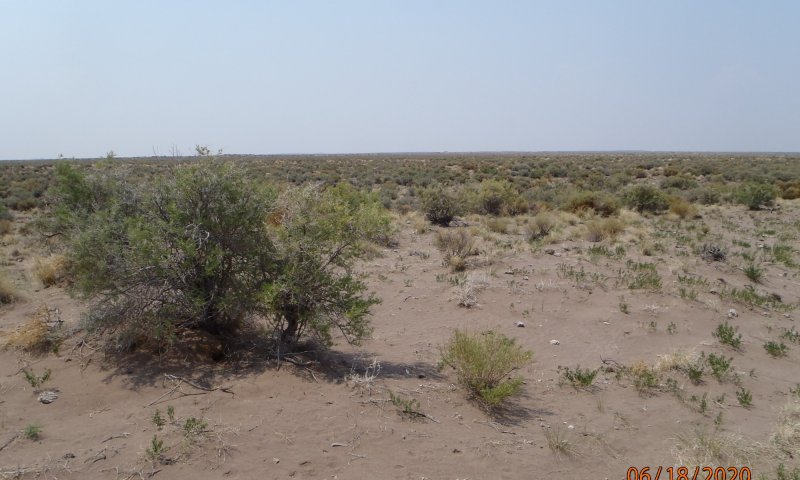
Figure 15. This deep rooted shrub is helps stabilize the soil and brings up nutrients and moisture from deep in the profile.
The degraded state has lost much of the valuable plant cover and root systems and is highly sensitive to erosional forces.
Resilience management. The eroded state has lost much of its valuable A horizon, exposing the sandy subsurface. Once this happens blowouts and dune shifting due to large scale erosion and deposition becomes common. The site has very low resiliency to drought as many of the covering plants are annuals and water retention is very low.
Community 2.1
Bare Ground

Figure 16. Degraded Deep Sands Site
Annual species such as sunflowers, kochia, Russian thistle, lambsquarter, and tansy mustard are often present. Pockets of rubber rabbitbrush, greasewood, lemon scurfpea, blue grama, blowout grass, sand dropseed, and sandhill muhly are present.
Transition T1A
State 1 to 2


The most significant long-term driver is grazing management where livestock focus on preferred, reference species, with high utilization, repetitive defoliation over a long period of time. Not allowing preferred species to grow, and produce seed and root stock eventually decreases vigor and increases mortality in times of drought stress. Eventually erosional forces cause the loss of the valuable loamy sand A horizon. Once this occurs the underlying sand is exposed causing the site to cross a threshold to the degraded state.
Restoration pathway R2A
State 2 to 1


Restoration is long term and involves re-stabilizing the soil, building organic matter, and allowing plants to re-colonize.
Additional community tables
Table 6. Community 1.1 plant community composition
| Group | Common name | Symbol | Scientific name | Annual production (kg/hectare) | Foliar cover (%) | |
|---|---|---|---|---|---|---|
|
Grass/Grasslike
|
||||||
| 1 | 504–1009 | |||||
| Indian ricegrass | ACHY | Achnatherum hymenoides | 224–538 | – | ||
| needle and thread | HECO26 | Hesperostipa comata | 84–202 | – | ||
| alkali wildrye | LESI5 | Leymus simplex | 56–135 | – | ||
| blue grama | BOGR2 | Bouteloua gracilis | 56–135 | – | ||
| blowout grass | REFL | Redfieldia flexuosa | 56–135 | – | ||
| western wheatgrass | PASM | Pascopyrum smithii | 28–67 | – | ||
| thickspike wheatgrass | ELLA3 | Elymus lanceolatus | 28–67 | – | ||
| spike dropseed | SPCO4 | Sporobolus contractus | 28–67 | – | ||
| sandhill muhly | MUPU2 | Muhlenbergia pungens | 28–67 | – | ||
| sand dropseed | SPCR | Sporobolus cryptandrus | 28–67 | – | ||
| squirreltail | ELELE | Elymus elymoides ssp. elymoides | 6–13 | – | ||
| purple threeawn | ARPU9 | Aristida purpurea | 6–13 | – | ||
|
Forb
|
||||||
| 2 | 84–140 | |||||
| snowball sand verbena | ABFR2 | Abronia fragrans | 28–67 | – | ||
| lemon scurfpea | PSLA3 | Psoralidium lanceolatum | 28–67 | – | ||
| aster | ASTER | Aster | 28–67 | – | ||
| nodding buckwheat | ERCE2 | Eriogonum cernuum | 0–11 | – | ||
| tarragon | ARDR4 | Artemisia dracunculus | 0–11 | – | ||
| painted milkvetch | ASCE | Astragalus ceramicus | 0–11 | – | ||
| Rocky Mountain beeplant | CLSE | Cleome serrulata | 0–11 | – | ||
| annual buckwheat | ERAN4 | Eriogonum annuum | 0–11 | – | ||
| flaxflowered ipomopsis | IPLO2 | Ipomopsis longiflora | 0–11 | – | ||
| rush skeletonplant | LYJU | Lygodesmia juncea | 0–11 | – | ||
| tenpetal blazingstar | MEDE2 | Mentzelia decapetala | 0–11 | – | ||
| whitest evening primrose | OEAL | Oenothera albicaulis | 0–11 | – | ||
| broom-like ragwort | SESP3 | Senecio spartioides | 0–11 | – | ||
| smallflower sandverbena | TRMI6 | Tripterocalyx micranthus | 0–11 | – | ||
|
Shrub/Vine
|
||||||
| 3 | 84–140 | |||||
| winterfat | KRLA2 | Krascheninnikovia lanata | 28–67 | – | ||
| rubber rabbitbrush | ERNA10 | Ericameria nauseosa | 17–34 | – | ||
| greasewood | SAVE4 | Sarcobatus vermiculatus | 17–34 | – | ||
| fourwing saltbush | ATCA2 | Atriplex canescens | 17–34 | – | ||
| spineless horsebrush | TECA2 | Tetradymia canescens | 17–34 | – | ||
| broom snakeweed | GUSA2 | Gutierrezia sarothrae | 11–22 | – | ||
| soapweed yucca | YUGL | Yucca glauca | 0–17 | – | ||
| plains pricklypear | OPPO | Opuntia polyacantha | 0–17 | – | ||
Interpretations
Supporting information
Inventory data references
Location of Typical Example of the Site:
Big Sand Pasture on Baca Grant in Saguache County
East side of Medano Ranch is Alamosa County.
Field Offices in Colorado Where Site Occurs:
Alamosa and Center
References
-
. 2021 (Date accessed). USDA PLANTS Database. http://plants.usda.gov.
Other references
Chapman, S.S., G.E. Griffith, J.M. Omernik, A.B. Price, J. Freeouf, and D.L. Schrupp. 2006. Ecoregions of Colorado. (2-sided color poster with map, descriptive text, summary tables, and photographs). U.S. Geological Survey, Reston, VA. Scale 1:1,200,000.
Cleland, D.T.; Freeouf, J.A.; Keys, J.E.; Nowacki, G.J.; Carpenter, C.A.; and McNab, W.H. 2007. Ecological Subregions: Sections and Subsections for the conterminous United States. Gen. Tech. Report WO-76D [Map on CD-ROM] (A.M. Sloan, cartographer). Washington, DC: U.S. Department of Agriculture, Forest Service, presentation scale 1:3,500,000; colored.
Soil Conservation Service (SCS). February 1977. Range Site Description for Deep Sand #275. : USDA, Denver Colorado.
United States Department of Agriculture, Natural Resources Conservation Service. 2006. Land Resource Regions and Major Land Resource Areas of the United States, the Caribbean, and the Pacific Basin. U.S. Department of Agriculture Handbook 296.
Contributors
S. Woodall, C. Villa, K. Diller, L. McBride
Suzanne Mayne-Kinney
Approval
Kirt Walstad, 12/11/2024
Acknowledgments
Project Staff:
Suzanne Mayne-Kinney, Ecological Site Specialist, NRCS MLRA, Grand Junction SSO
Alan Stuebe, MLRA Soil Survey Leader, NRCS MLRA Alamosa SSO
Program Support:
Rachel Murph, NRCS CO State Rangeland Management Specialist, Denver
Eva Muller, Regional Director, Rocky Mountain Regional Soil Survey Office, Bozeman, MT
B.J. Shoup, CO State Soil Scientist, Denver
Eugene Backhaus, CO State Resource Conservationist, Denver
--Site Development and Testing Plan--:
Future work to validate and further refine the information in this Provisional Ecological Site Description is necessary. This will include field activities to collect low-, medium-, and high-intensity sampling, soil correlations, and analysis of that data.
Additional information and data are required to refine the Plant Production and Annual Production tables for this ecological site. The extent of MLRA 51 must be further investigated.
Field testing of the information contained in this Provisional ESD is required. As this ESD is moved to the Approved ESD level, reviews from the technical team, quality control, quality assurance, and peers will be conducted.
Rangeland health reference sheet
Interpreting Indicators of Rangeland Health is a qualitative assessment protocol used to determine ecosystem condition based on benchmark characteristics described in the Reference Sheet. A suite of 17 (or more) indicators are typically considered in an assessment. The ecological site(s) representative of an assessment location must be known prior to applying the protocol and must be verified based on soils and climate. Current plant community cannot be used to identify the ecological site.
| Author(s)/participant(s) | S. Woodall, C. Villa, K. Diller, L. McBride |
|---|---|
| Contact for lead author | Rachel Meade, CO NRCS State Rangeland Management Specialist |
| Date | 12/14/2004 |
| Approved by | Kirt Walstad |
| Approval date | |
| Composition (Indicators 10 and 12) based on | Annual Production |
Indicators
-
Number and extent of rills:
None -
Presence of water flow patterns:
None -
Number and height of erosional pedestals or terracettes:
Pedestalled plants are common. -
Bare ground from Ecological Site Description or other studies (rock, litter, lichen, moss, plant canopy are not bare ground):
30% or less bare ground, with bare patches ranging from 6-15 inches in diameter. Prolonged drought or wildfire events will cause bare ground to increase upwards to 30-50% with bare patches ranging from 15-30 inches in diameter. -
Number of gullies and erosion associated with gullies:
None -
Extent of wind scoured, blowouts and/or depositional areas:
Wind scouring/blowouts are inherent to the site. Soil movement can intensify with disturbances such as wildfire, wildlife, or extended drought. -
Amount of litter movement (describe size and distance expected to travel):
Litter will move on this site. Interspaces can be void of litter. Litter collects around base of established vegetation. -
Soil surface (top few mm) resistance to erosion (stability values are averages - most sites will show a range of values):
Stability class rating anticipated to be 2-3 in interspace at soil surface. -
Soil surface structure and SOM content (include type of structure and A-horizon color and thickness):
Surface soils are sandy. The A-horizon averages 8 inches in depth with a grayish brown color. Single grain and loose. -
Effect of community phase composition (relative proportion of different functional groups) and spatial distribution on infiltration and runoff:
Plant community composition has relatively little effect on infiltration and runoff on this site. Infiltration rates are high and permeability is rapid. -
Presence and thickness of compaction layer (usually none; describe soil profile features which may be mistaken for compaction on this site):
None -
Functional/Structural Groups (list in order of descending dominance by above-ground annual-production or live foliar cover using symbols: >>, >, = to indicate much greater than, greater than, and equal to):
Dominant:
cool season bunchgrass >>Sub-dominant:
warm season bunchgrass > cool season rhizomatous grass = shrubs = forbsOther:
Additional:
-
Amount of plant mortality and decadence (include which functional groups are expected to show mortality or decadence):
Minimal. Decadence may exist on areas inaccessible to grazing animals. -
Average percent litter cover (%) and depth ( in):
15-25% litter cover at 0.25 inch depth. Litter cover during and following drought can range from 10-15% and 5-10% following wildfire. -
Expected annual annual-production (this is TOTAL above-ground annual-production, not just forage annual-production):
500 lbs./ac. low precipitation years; 900 lbs./ac. average precipitation years; 1200 lbs./ac. high precipitation years. After extended drought, production will be reduced to 200 – 500 lbs./ac. or more. -
Potential invasive (including noxious) species (native and non-native). List species which BOTH characterize degraded states and have the potential to become a dominant or co-dominant species on the ecological site if their future establishment and growth is not actively controlled by management interventions. Species that become dominant for only one to several years (e.g., short-term response to drought or wildfire) are not invasive plants. Note that unlike other indicators, we are describing what is NOT expected in the reference state for the ecological site:
Invasive plants should not occur in reference plant community. -
Perennial plant reproductive capability:
The only limitations are weather-related, wildfire, natural disease, and insects that may temporarily reduce reproductive capability.
Print Options
Sections
Font
Other
The Ecosystem Dynamics Interpretive Tool is an information system framework developed by the USDA-ARS Jornada Experimental Range, USDA Natural Resources Conservation Service, and New Mexico State University.
Click on box and path labels to scroll to the respective text.